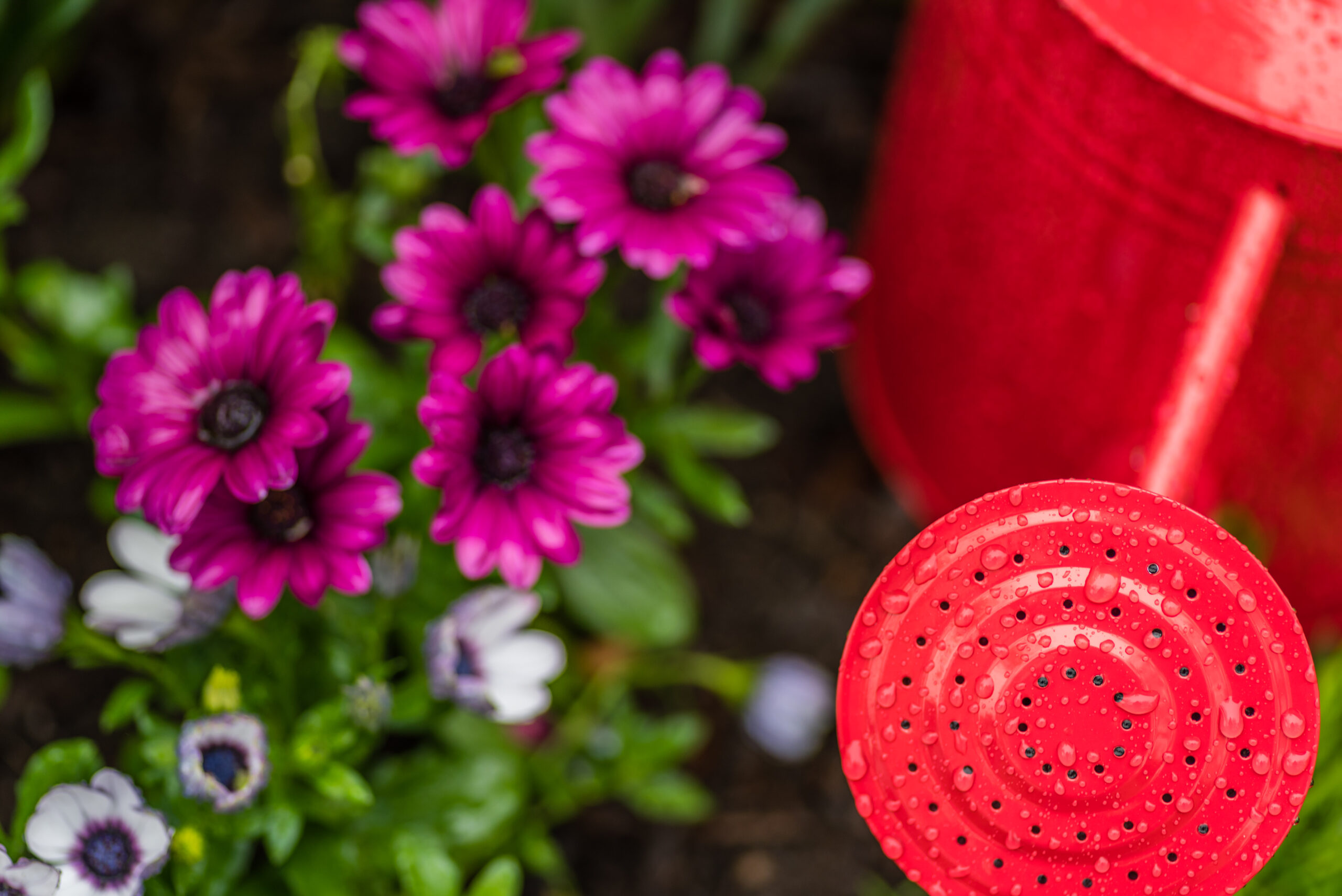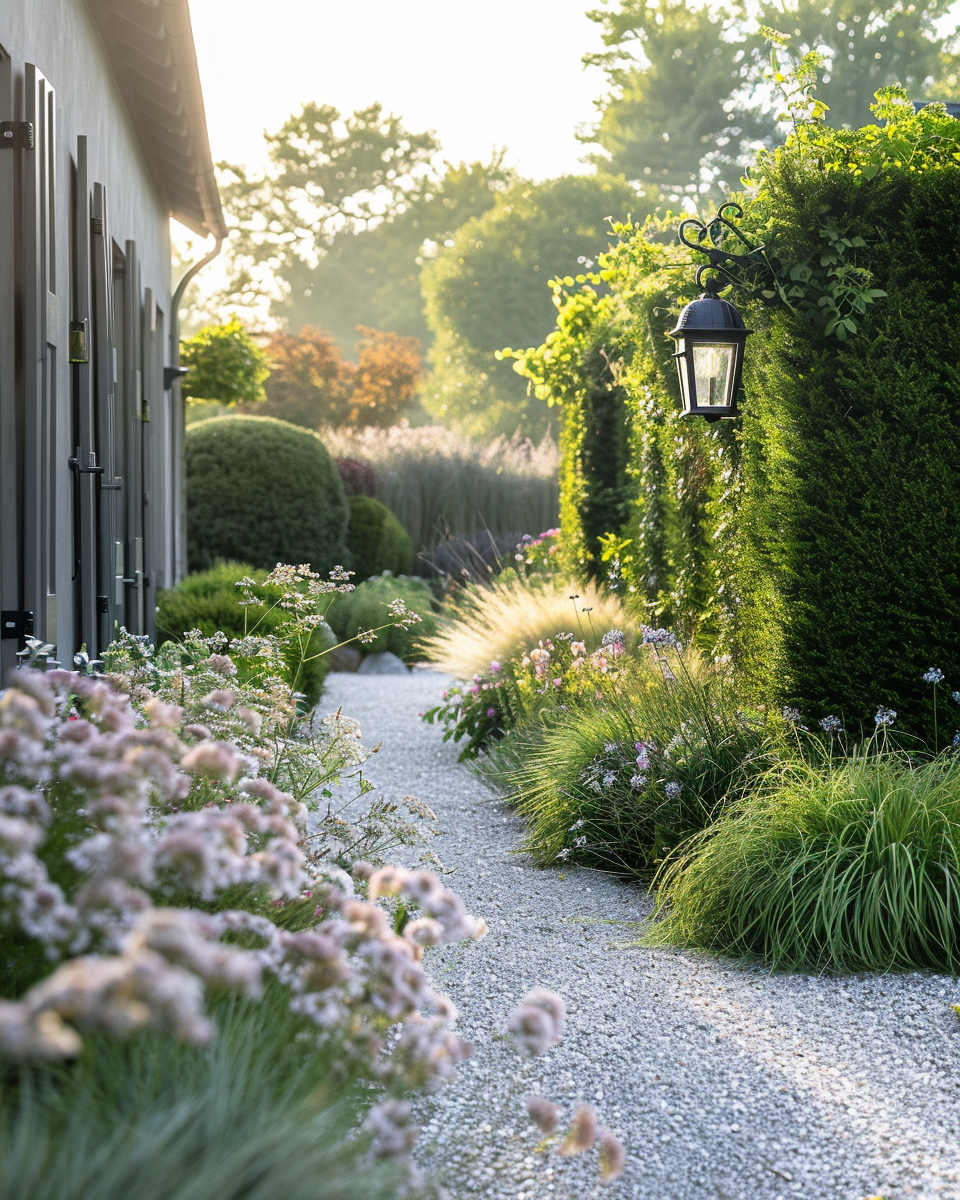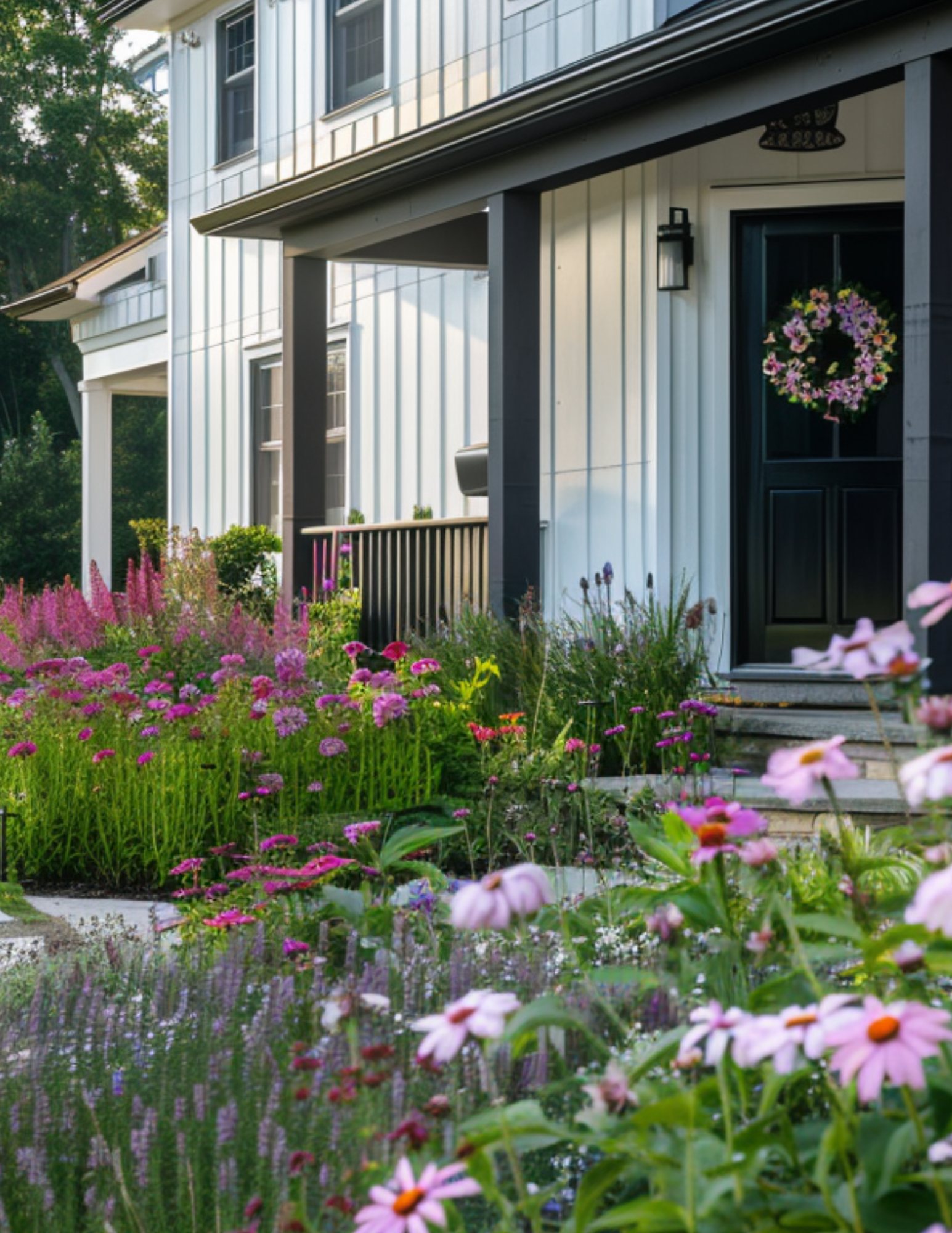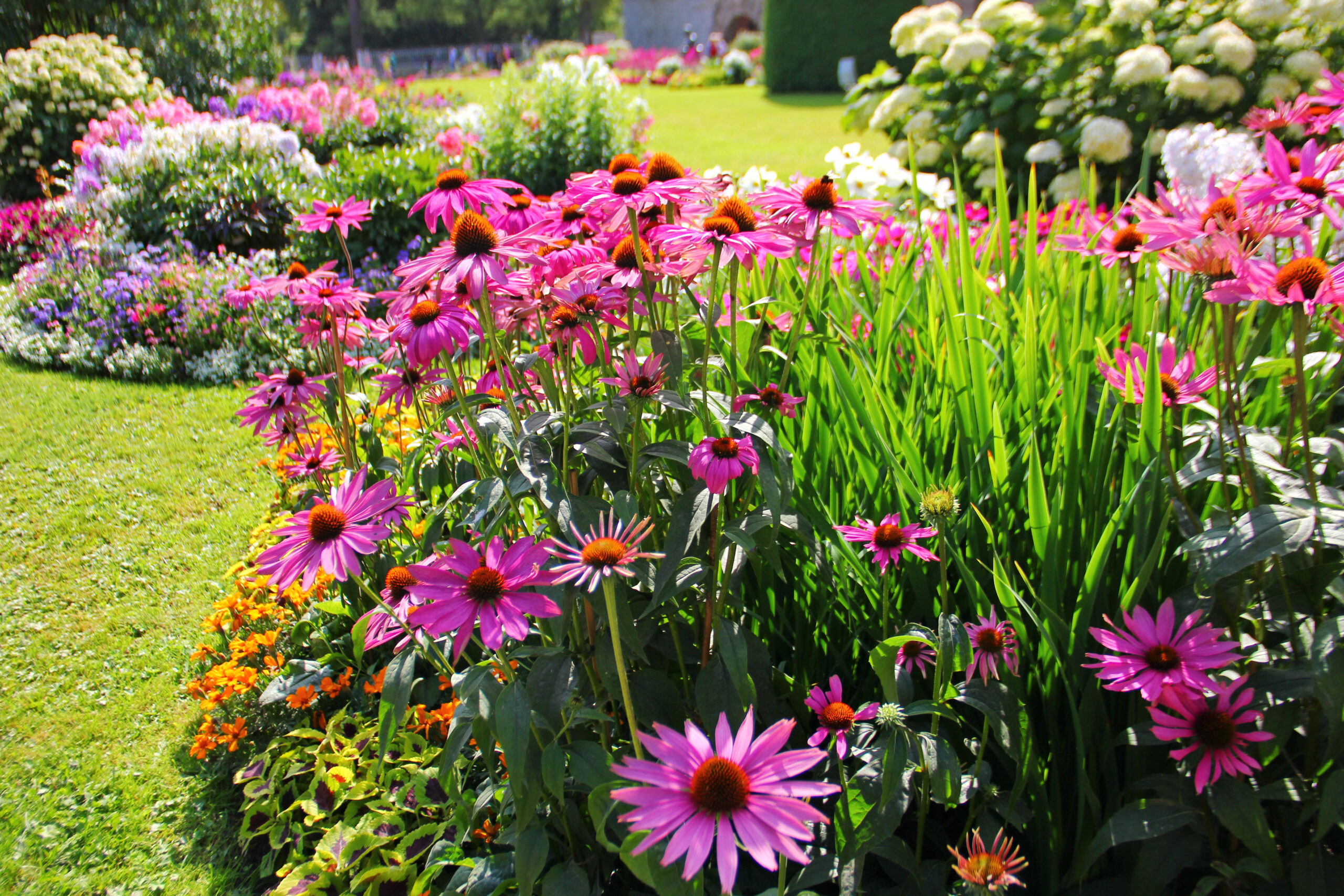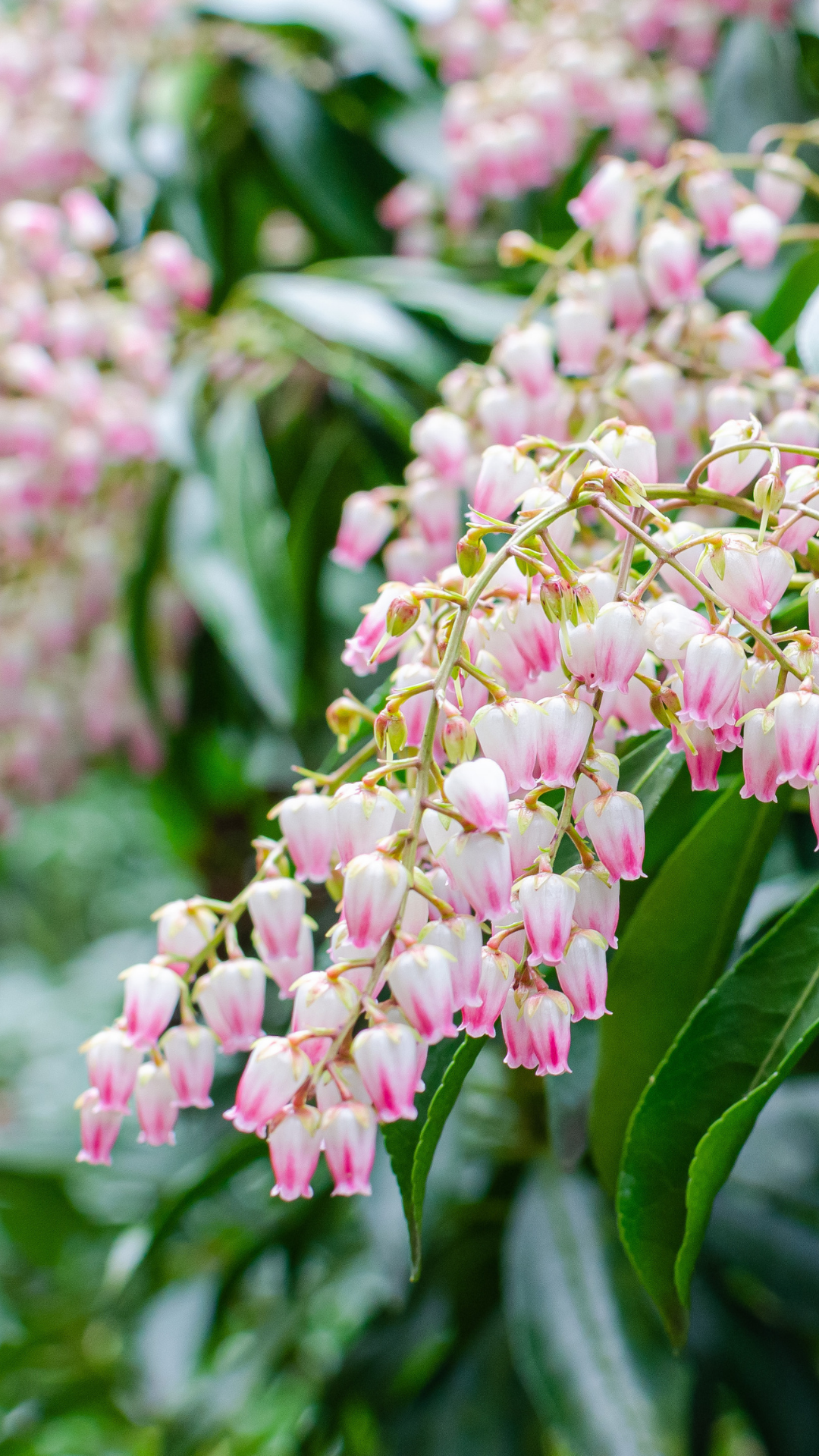If you have a small garden, balcony, or petite backyard, every plant choice matters. In tight spaces, the wrong variety can overwhelm your design, crowd out neighbors, or hog precious sunlight. The right plants for small gardens, however, can turn even the most modest plot into a lush, layered retreat you can enjoy from the first warm days of spring to the crisp afternoons of fall.
If you’re just beginning to plan your layout, start with this complete guide to designing a small front garden — it walks you through proportion, privacy, and structure before you even get to the fun of plant selection.
The good news? Choosing plants for small gardens doesn’t have to feel overwhelming. Think of this as a stroll through your dream garden with a friend who knows the difference between “just pretty” and “pretty and perfect for your space.” We’ll talk scale, texture, bloom time, and the little extras that make a planting scheme feel pulled together—whether your style is romantic cottage, polished modern, or a mix of both.
Start with Your Space (No, Really!)
I know—it’s far more fun to head to the garden center and just let the blooms pick you. But in small space gardens, planning first and buying second is the secret to a space that works all season.
Start by measuring what you actually have. This isn’t just for raised beds or balcony planters—it’s for any planting area. Those innocent one-gallon pots can hide a plant with ambitions to grow three feet wide, so when the tag says “mature size,” believe it.
Spend a sunny day watching the light. Which spots bask in full sun for six hours or more? Which get dappled shade? Sunlight patterns shape your plant list as much as color or style.
Not sure where to begin? These 7 simple steps to designing a small front garden outline the process I wish I’d known when I started — from studying your light to defining your garden’s feeling before choosing a single plant.
If you’re working in containers, treat them like the luxury seats of your garden. A drip irrigation system threaded through the bottom of your pots will save you from daily watering marathons in summer. Set it for one to two minutes early each morning, and your plants will reward you with steady growth.
View this post on Instagram
And don’t forget microclimates. That warm wall or sheltered corner might host a rosemary plant all year, while a breezy side yard will need sturdy ornamental grasses to stand tall.
Garden Tip: A little restraint at the nursery will save you money—and the heartbreak of yanking out overgrown plants by midsummer.
Think Small (Plants, Not Dreams)
This is where compact varieties become your design allies. A dwarf hydrangea that tops out at three feet, a patio-sized rose, or a compact lavender can deliver all the charm without swallowing the space.
Layer plants thoughtfully: taller evergreens or flowering shrubs at the back, mid-height perennials like salvias or echinacea in the middle, and soft, low foliage (think creeping thyme or ajuga) at the edges. The result is depth without the clutter.
For lasting structure through winter, don’t miss these evergreen plants that shine in small gardens — they’re what keep a compact design looking alive even when blooms fade.
Leaving space between plants may feel bare in spring, but by summer, it’s what keeps your garden from looking like it’s gasping for air.
Ornamental All-Stars for Tight Spaces: Dwarf hydrangea ‘Little Lime’, lavender ‘Hidcote’, dwarf fountain grass, compact roses, creeping thyme.
Make Plants Work All Year
In a small garden, every plant should give you more than one reason to love it. A camellia that blooms in late winter, an evergreen boxwood that holds its shape through frost, or a grass that catches the light in autumn—these are the backbone pieces.
Layer in seasonal performers for the big moments: tulips and daffodils in spring (don’t skimp on these—plant in mass for impact), peonies and alliums in early summer, dahlias and asters in fall. Ornamental kale or pansies can carry your containers through the chillier months.
And yes, you can tuck in the occasional beautiful edible—like nasturtiums tumbling from a pot or a neat row of basil by the door—where they add fragrance and color as well as flavor.
If you want to simplify your seasonal planning, try starting with these perennial plant combinations that bloom from spring through fall. They’re designed to fit small spaces while keeping color rotation effortless.
Play with Color, Texture, and Form
A focused palette is your friend. Choose two or three main bloom colors and repeat them to make the garden feel cohesive.
Mix leaf textures for visual depth—feathery grasses against glossy camellia leaves, matte hosta foliage beside the silvery shimmer of lamb’s ear. And think about shapes: upright spires of delphiniums, rounded mounds of geraniums, and trailing edges of creeping Jenny can all live happily together if you give them room.
View this post on Instagram
Color Stories That Never Miss:
-
Soft & Romantic: Pale pink, lavender, cream
-
Mediterranean Fresh: Sage green, white, deep purple
-
Bold & Bright: Coral, golden yellow, cobalt blue
Let Containers Steal the Show
Containers are the ultimate styling tool for small gardens. They can move with the sun, change with the seasons, and add structure where you need it.
For year-round plants for a small garden, use wool planter pot protectors to keep roots warm through winter. Go vertical with trellises for flowering vines like clematis or sweet peas—they’ll draw the eye upward without taking more ground space.
If you do slip in an edible, make it a visual star. Think variegated peppers in a terracotta pot or strawberries spilling over a blue-glazed container.
View this post on Instagram
Avoid the Rookie Mistakes
We’ve all been there—a cartful of “too good to pass up” plants. Only to realize they all want full sun and you have…two sunny spots.
In small gardens, the most common slip-ups are:
-
Impulse buying without checking light or size needs
-
Ignoring the view from indoors (you’ll see it every day from the kitchen sink)
-
Forgetting growth habits—avoid anything labeled “vigorous” unless you’re sure you have the space
My Go-To Ornamental Picks for Small Gardens
Flowering Shrubs: Hydrangea paniculata ‘Bobo’, Drift Roses, compact Camellias
Perennials: Sweet Romance Lavender, Echinacea ‘PowWow White’ or ‘PowWow Berry’, Allium Summer Beauty
Grasses: Dwarf fountain grass, Prairie Dropseed ‘Tara’
Trailing Accents: Creeping thyme, creeping Jenny, sweet potato vine
Occasional Edibles: Nasturtiums, basil, variegated peppers
These plants bring long seasons of color, texture, and structure—plus a few edible bonuses—without overwhelming your space.
Final Word
The best plants for small gardens are the ones that fit gracefully into your space and bring joy with each season. Start with compact varieties, give them room to breathe, and layer in blooms and foliage for year-round interest.
When you choose with intention, even the tiniest garden can feel abundant, polished, and entirely yours.
